Understanding the power and impact of natural disasters is important, and tsunamis are among the most devastating. You might think of tsunamis as rare occurrences, but they have repeatedly struck the United States, leaving destruction in their wake. From the West Coast to Alaska and Hawaii, the U.S. has seen its share of these massive waves over the years. Here’s a look at some of the worst tsunamis to hit the U.S., each with its own story of impact and resilience. Let’s dive into the history and understand how these events unfolded.
1. The 1964 Alaska Earthquake And Tsunami
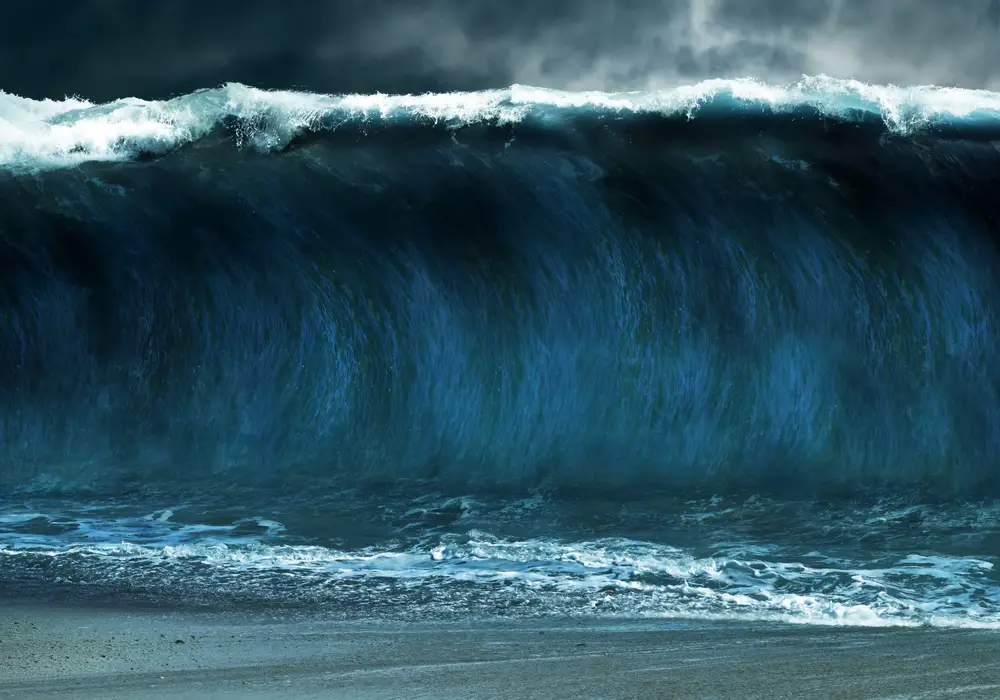
The Good Friday earthquake in 1964 wasn’t just a seismic event; it triggered a series of tsunamis that wreaked havoc across Alaska. This was one of the most powerful earthquakes recorded in North America, with a magnitude of 9.2. The resulting tsunamis devastated coastal communities, causing enormous destruction. In the town of Seward, massive waves destroyed docks, railroads, and oil tanks, leading to fires that compounded the disaster. According to geologist Dr. George Plafker, who studied the event, the tsunamis were responsible for more deaths than the quake itself, highlighting the deadly potential of these waves.
The impact of the 1964 tsunami wasn’t confined to Alaska. It reached as far south as California, with Crescent City suffering significant damage. Waves as high as 21 feet swept through the town, destroying much of its harbor and waterfront. The aftermath left the community grappling with the loss of life and property, a stark reminder of nature’s unpredictability. Crescent City has since rebuilt, but the memory of the 1964 tsunami remains a defining moment in its history.
2. The 1946 Aleutian Islands Tsunami
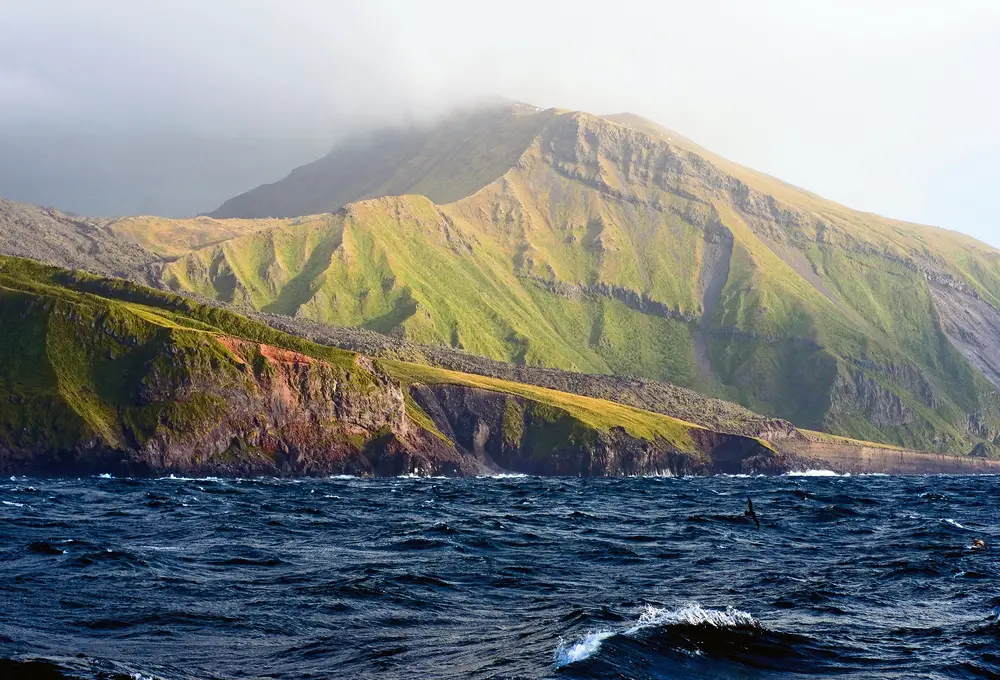
In 1946, a powerful earthquake off the Aleutian Islands triggered a tsunami that reached Hawaii with devastating consequences. The tsunami struck without warning, catching residents off guard. Hilo was particularly hard hit, with waves sweeping away houses, buildings, and lives. In the aftermath, 159 people were reported dead, and the damage was extensive. This tragedy led to the establishment of the Pacific Tsunami Warning Center to prevent future loss of life.
The waves traveled across the Pacific, reaching as far as California but with much less impact. Still, the 1946 tsunami served as a wake-up call for better preparedness and response measures. It highlighted the need for real-time data collection and dissemination to warn vulnerable coastal areas. The event also underscored the science of understanding tsunamis, prompting further research and technological advances. Today, thanks to these lessons, warning systems are more sophisticated and capable of saving lives.
3. The 1960 Valdivia Earthquake And Tsunami
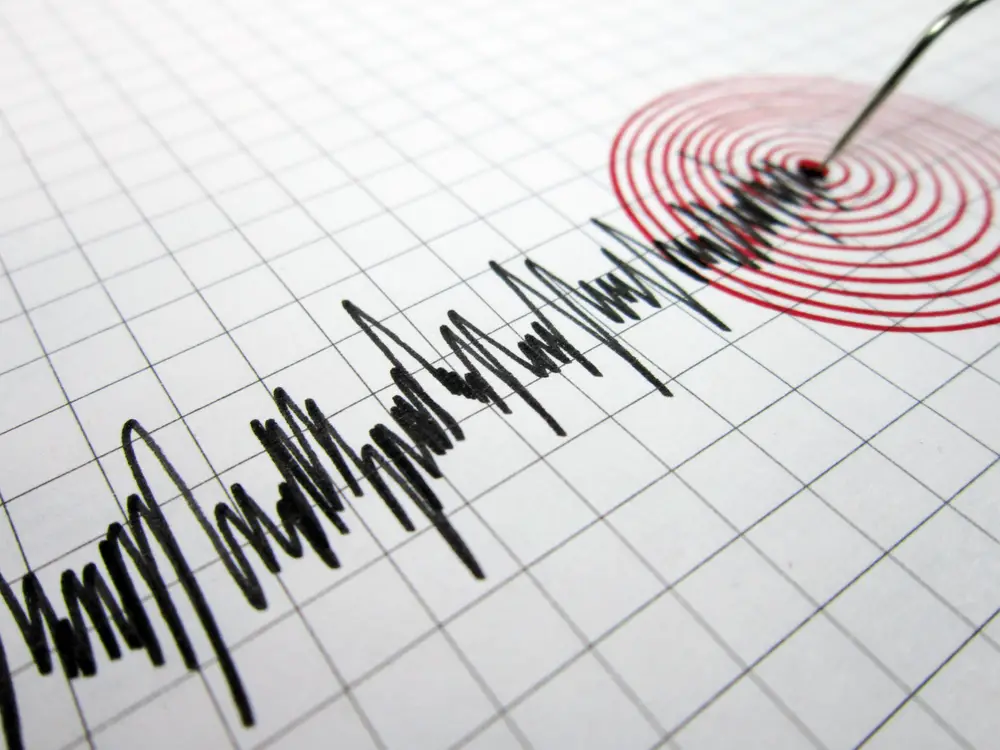
Originating from the most powerful earthquake ever recorded, the 1960 Valdivia earthquake in Chile sent a massive tsunami across the Pacific. Hawaii, again, felt the brunt of the tsunami, with waves reaching up to 35 feet. The impact was devastating, especially in Hilo, where it caused extensive damage and loss of life. The community was still recovering when this disaster struck, compounding the challenges they faced. According to tsunami researcher Dr. Eddie Bernard, this event helped refine predictive models, ultimately enhancing safety measures globally.
The tsunami didn’t stop at Hawaii; it continued its path of destruction across the Pacific. It reached the West Coast of the U.S., causing damage in California. Although lesser in scale, the waves still caused concern and minor damage in coastal areas. The far-reaching effects demonstrated the power of such natural phenomena, influencing international cooperation in tsunami monitoring. This event emphasized the interconnectedness of the Pacific nations in facing shared geological threats.
4. The 2011 Japan Tsunami In The U.S.
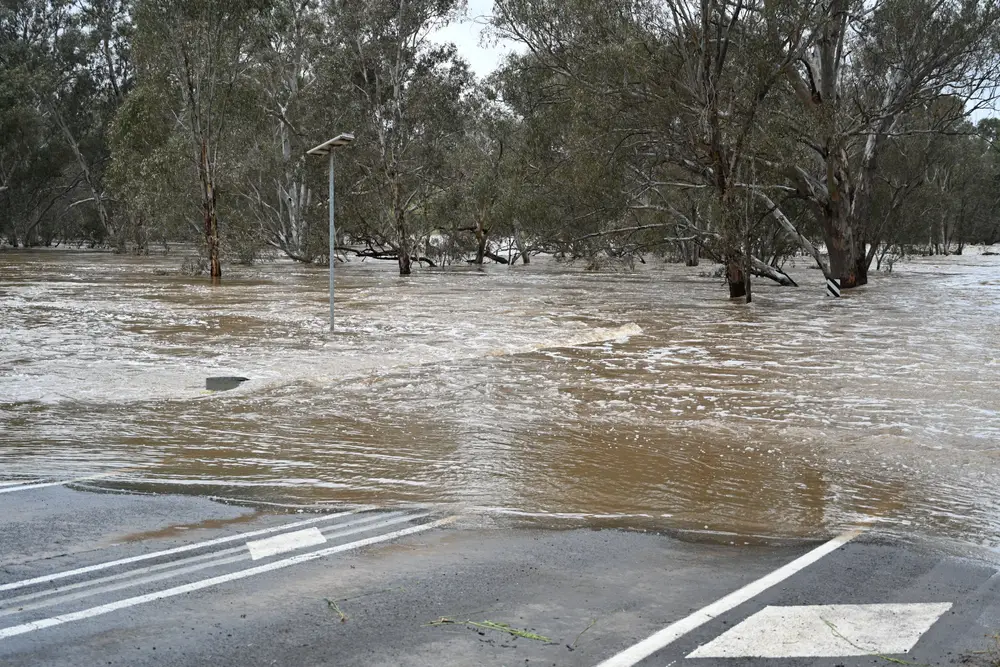
When Japan was struck by a massive earthquake and tsunami in 2011, its effects reverberated across the Pacific, impacting the U.S. West Coast. In California, harbors and ports experienced significant damage as the tsunami waves arrived hours after the initial event. Crescent City, once again, bore the brunt of the damage, with docks and boats destroyed by the surges. The cleanup and recovery efforts were enormous, illustrating the extensive impact of tsunamis on local economies. This event was a reminder of the interconnected nature of oceanic and atmospheric systems that can affect distant shores.
The 2011 tsunami also brought attention to the importance of community preparedness and response strategies. Coastal towns across the U.S. reviewed and updated their emergency plans in light of this disaster. The event underscored the need for continuous improvement in warning systems and public education. Communities understood the importance of readiness to mitigate the effects of such natural events. The experience of the 2011 tsunami reinforced the idea that while tsunamis cannot be prevented, their impact can be reduced with proper planning and awareness.
5. The 1949 Queen Charlotte Islands Tsunami
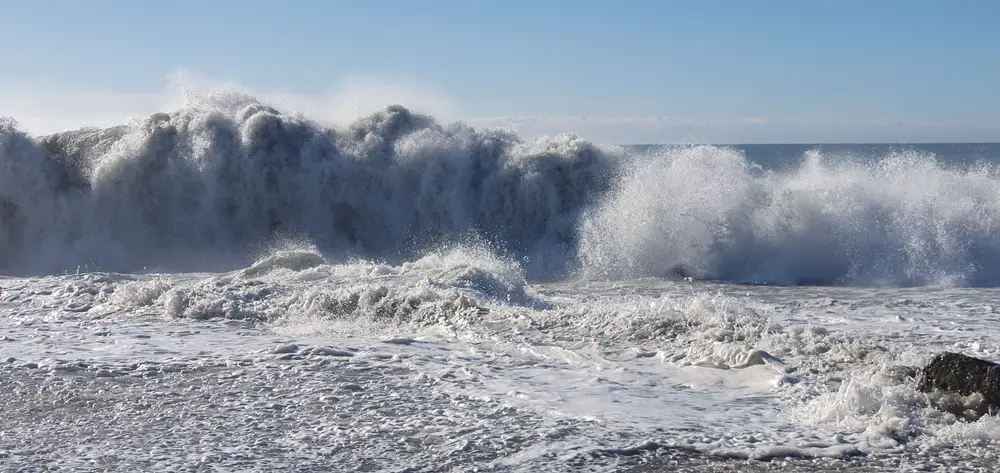
An earthquake in the Queen Charlotte Islands in 1949 caused a tsunami that reached the shores of the Pacific Northwest. While the earthquake was significant, it was the tsunami that brought unexpected challenges to communities along the coast. The waves caused damage to infrastructure and disrupted daily life in several areas. Although there were no deaths reported, the property damage was notable. Oceanographer Dr. Mary McGinnis noted in her study that the event highlighted the need for coastal monitoring systems to safeguard against future tsunamis.
The tsunami’s reach extended beyond immediate coastal areas, affecting shipping lanes and harbor operations. It served as a stark reminder of the ocean’s power and the vulnerability of coastal regions. Communities took the event as an opportunity to strengthen their preparedness plans and improve communication lines for emergencies. The lessons learned from 1949 have been instrumental in guiding modern approaches to tsunami readiness. This historical event remains a critical example of why vigilance and preparedness are essential for coastal populations.
6. The 1957 Andreanof Islands Tsunami
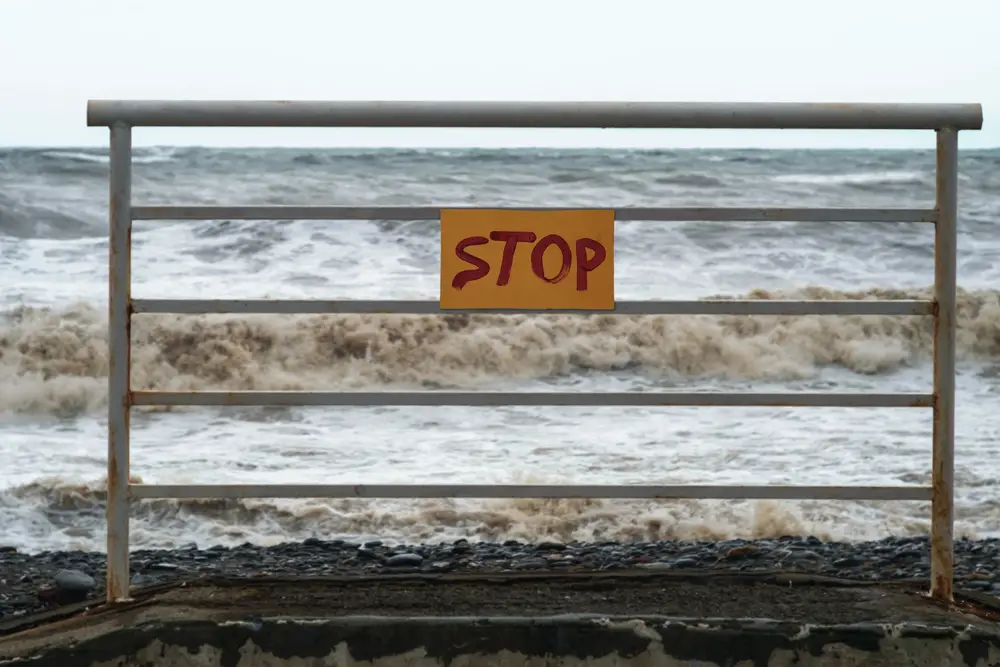
In 1957, a massive earthquake near the Andreanof Islands in Alaska generated a tsunami that affected numerous regions. The waves reached Hawaii, causing significant damage to coastal communities, particularly in Kauai and Oahu. The infrastructure damage was extensive, with homes, businesses, and agricultural lands severely impacted. Despite the destruction, the casualty rate was low, thanks in part to increased awareness and early warning systems. This event underscored the importance of having robust communication networks to disseminate warnings quickly and efficiently.
The tsunami also made its impact felt along the West Coast of the United States. While the waves were smaller by the time they reached California, they still caused disruption in ports and coastal towns. The 1957 tsunami emphasized the need for ongoing research and development in tsunami prediction and response strategies. It also highlighted the interdependence of Pacific nations in sharing data and resources to mitigate such disasters. Communities learned valuable lessons in resilience and adaptation, key elements in facing future natural events.
7. The 1965 Rat Islands Earthquake And Tsunami

The 1965 earthquake near the Rat Islands in Alaska triggered a tsunami that affected both local and distant shores. The waves caused minimal damage in Alaska due to the sparse population and remote locations. However, the event was a significant reminder of the potential for larger catastrophes. As geological engineer Dr. Walter Dudley pointed out, the Rat Islands event contributed valuable data to the understanding of tsunami dynamics, helping improve predictive models. This information has been crucial in advancing forecasting technologies used today.
The tsunami also reached Japan, showcasing the interconnectedness of seismic activities across the globe. Although the impact was less severe than other historical events, it provided important insights into the spread and effects of tsunamis. Coastal communities have since used these insights to bolster their preparedness and response plans. The 1965 tsunami was a catalyst for international cooperation in tsunami research and monitoring. It emphasized the importance of a coordinated approach to managing natural disasters.
8. The 1927 Lompoc Earthquake And Tsunami

The 1927 Lompoc earthquake did not cause widespread devastation, but it did generate a tsunami that affected the central coast of California. The waves were small compared to other historical tsunamis, yet they served as a wake-up call for local communities. The event highlighted the potential for seismic activity to cause unexpected challenges, even if not immediately catastrophic. Residents learned the importance of understanding local geology and potential hazards. This knowledge has been crucial in developing better preparedness strategies for future events.
While the damage from the 1927 tsunami was minimal, it contributed to the growing awareness of tsunami risks along the California coastline. It prompted discussions on the need for better infrastructure and emergency plans. Over time, these discussions have led to more robust safety measures and public education campaigns. The lessons from Lompoc have influenced how modern communities approach seismic and tsunami risks. Preparedness has become an integral part of life in coastal areas, ensuring that residents are ready for whatever nature might throw their way.
9. The 1986 Aleutian Islands Tsunami

In 1986, a magnitude 7.9 earthquake near the Aleutian Islands created a tsunami that was felt along the Pacific coastline. The waves were not as large as those in previous events, but they demonstrated the persistent risk faced by coastal areas. The tsunami warning issued at the time helped prevent loss of life and demonstrated the effectiveness of early warning systems. Communities were able to evacuate in a timely manner, showcasing the importance of preparedness and communication. This event reinforced the value of having reliable systems in place to alert the public quickly.
The 1986 tsunami also provided an opportunity for scientists to study the behavior and impact of tsunamis in real-time. They gathered valuable data that contributed to the refinement of prediction models and warning systems. This continuous improvement in technology has been vital in enhancing safety measures for coastal populations. The event highlighted the ongoing need for research and development in the field of seismology and oceanography. It served as a reminder that while tsunamis can’t be stopped, their impact can be mitigated through knowledge and preparedness.
10. The 1952 Severo-Kurilsk Tsunami
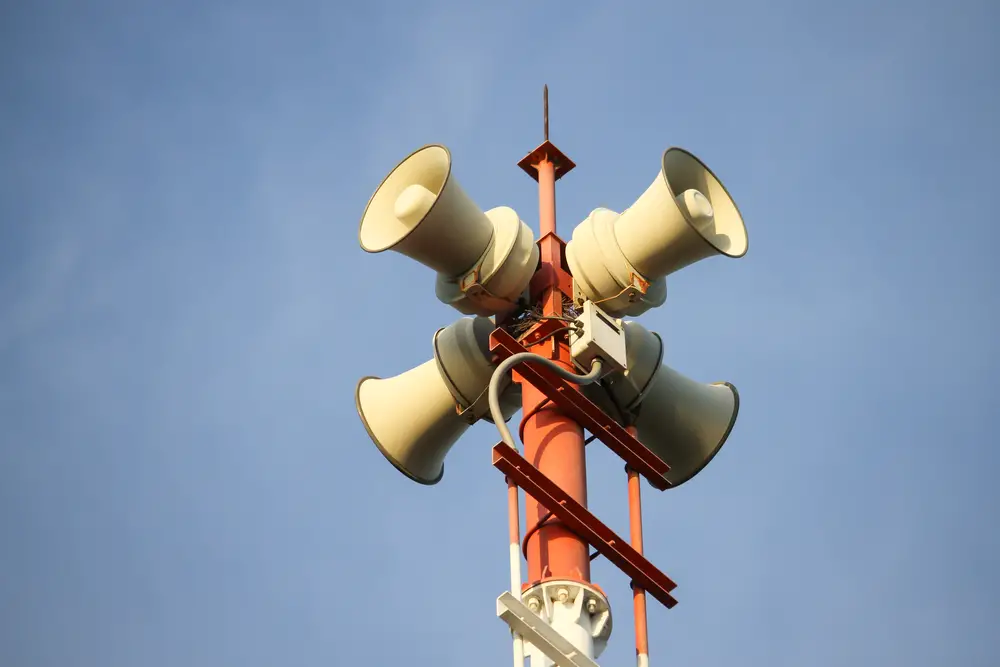
While the 1952 Severo-Kurilsk tsunami primarily impacted Russia, its effects reached the shores of the U.S. West Coast. The waves caused concern in coastal communities in California, though the damage was minimal. This event illustrated the far-reaching impact of powerful seismic events, regardless of their origin. It underscored the importance of international cooperation and information sharing in managing such natural disasters. For the U.S., it was another example of the need for vigilance in monitoring seismic activity around the Pacific Rim.
The 1952 tsunami also influenced the development of tsunami warning systems and emergency protocols. As coastal communities analyzed the event, they recognized the need for better preparedness measures. This led to improvements in infrastructure and public education initiatives. The lessons learned from Severo-Kurilsk have been integral in shaping modern approaches to tsunami readiness. It serves as a historical reminder that proactive measures can significantly reduce the impact of natural disasters on vulnerable populations.
11. The 1883 Krakatoa Eruption And Tsunami
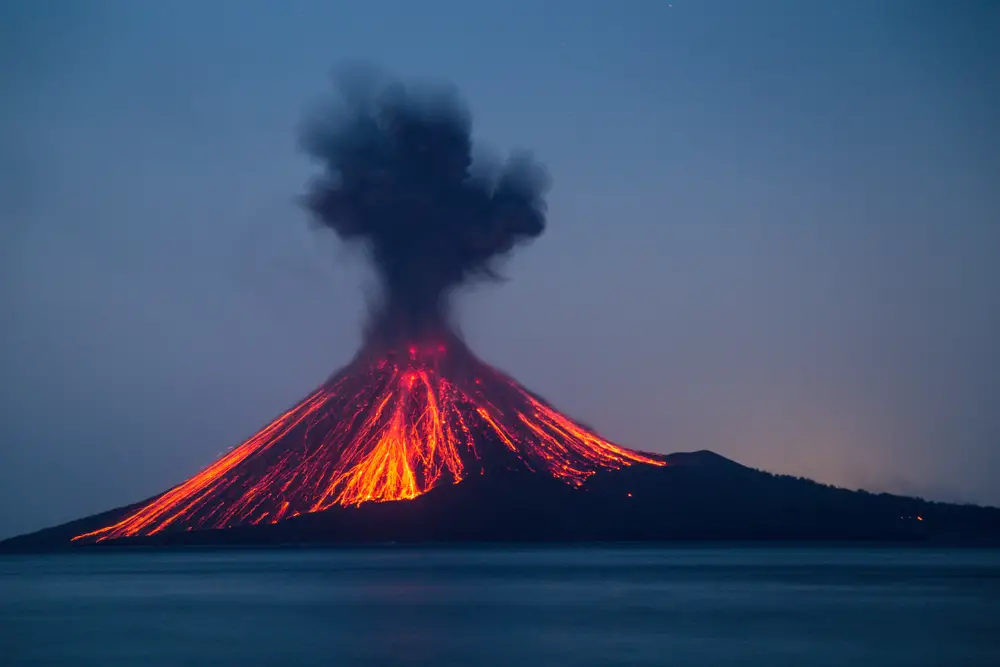
The eruption of Krakatoa in 1883 was a cataclysmic event with global repercussions, including a tsunami that reached the United States. Although the impact on the U.S. was limited, the event highlighted the interconnectedness of Earth’s systems. The tsunami waves traveled across oceans, affecting coasts thousands of miles away from the eruption site. It demonstrated the potential for volcanic activity to cause widespread disruption beyond immediate geographic areas. This understanding has been crucial in preparing for similar events in the future.
The 1883 tsunami also contributed to the scientific understanding of how underwater volcanic eruptions generate tsunamis. Researchers have used data from this event to refine models predicting tsunami behavior and impact. This has helped in developing more effective warning systems and safety measures for coastal communities worldwide. The event underscored the need for a global perspective in managing natural disasters. It serves as a historical lesson in the importance of scientific inquiry and international cooperation in facing shared geological challenges.
12. The 2018 Anchorage Earthquake And Tsunami Warning
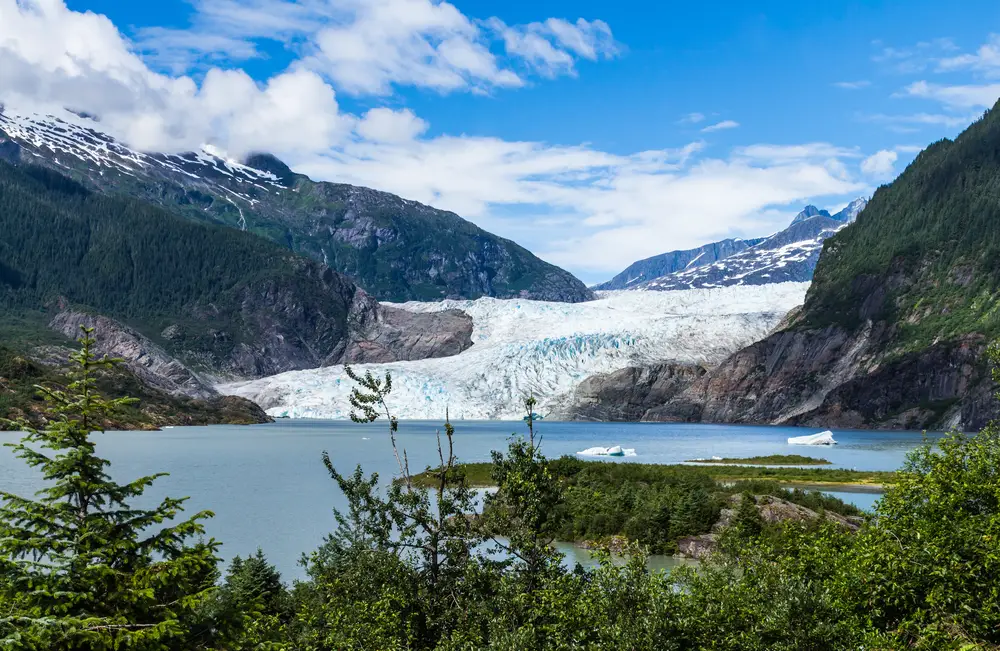
The 2018 Anchorage earthquake didn’t produce a significant tsunami, but it did prompt a warning that highlighted the importance of preparedness. The earthquake was a reminder of the seismic activity in Alaska and the potential for tsunamis in the region. Coastal communities were on high alert, demonstrating the effectiveness of communication systems in disseminating warnings. Although the tsunami threat was eventually lifted, the incident served as a valuable drill for emergency services and residents. It emphasized the need for continuous readiness in the face of natural uncertainties.
The event also provided an opportunity to evaluate the efficiency of current tsunami warning systems. Feedback from the experience was used to improve protocols and response strategies. It showed that even in the absence of an actual tsunami, preparedness exercises are crucial for ensuring community safety. The 2018 earthquake and subsequent alert underscored the importance of vigilance in coastal areas. It serves as a reminder that readiness can make a significant difference when dealing with natural disasters.
13. The 2009 Samoa Tsunami In American Samoa

In 2009, an undersea earthquake generated a tsunami that devastated American Samoa, a U.S. territory in the Pacific. The waves caused significant destruction, with entire villages swept away and substantial loss of life. The disaster underscored the vulnerability of island communities to tsunamis. Despite the challenges, the response efforts highlighted the resilience and solidarity of the affected populations. Recovery and rebuilding efforts have been ongoing, with a focus on enhancing future preparedness.
The 2009 Samoa tsunami also contributed to advancements in tsunami warning technology and international cooperation. It prompted a review of existing systems and the implementation of improved protocols to ensure timely warnings. The event highlighted the importance of community education and drills to prepare for such disasters. It reinforced the critical role of global partnerships in sharing resources and expertise for disaster management. American Samoa’s experience serves as a poignant reminder of the need for preparedness and resilience in the face of natural threats.
